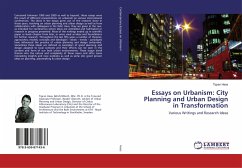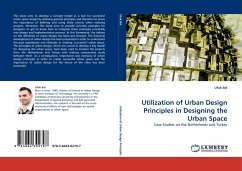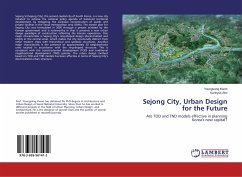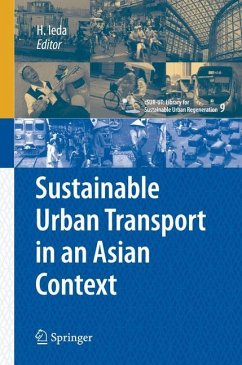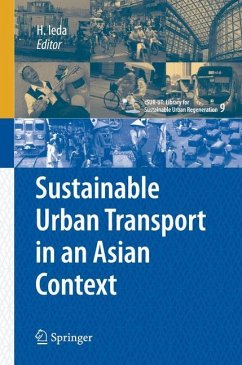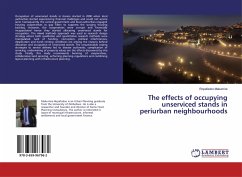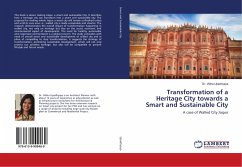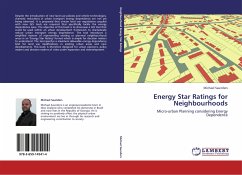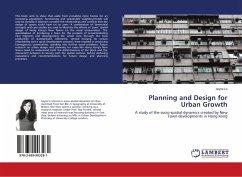
Planning and Design for Urban Growth
A study of the socio-spatial dynamics created by New Town developments in Hong Kong
Versandkostenfrei!
Versandfertig in 6-10 Tagen
24,99 €
inkl. MwSt.

PAYBACK Punkte
12 °P sammeln!
This book aims to show that aside from providing more homes for an increasing population, functioning and sustainable neighbourhoods will only be possible if planners consider the relationships and conflicts that the design of spaces could have on its users. A combination of theoretical concepts and case studies are used to illustrate the effects of 'poor' spatial design of Hong Kong's New Towns on the social environment. The specialisation of producing a town for the purpose of accommodating new migrants and decongesting the urban core through the mass production of standardised, volumetric, ...
This book aims to show that aside from providing more homes for an increasing population, functioning and sustainable neighbourhoods will only be possible if planners consider the relationships and conflicts that the design of spaces could have on its users. A combination of theoretical concepts and case studies are used to illustrate the effects of 'poor' spatial design of Hong Kong's New Towns on the social environment. The specialisation of producing a town for the purpose of accommodating new migrants and decongesting the urban core through the mass production of standardised, volumetric, vertical housing (to ensure affordability and a quick development process), have resulted in producing homogenous communities, spiralling into further social problems. Future research on urban design and planning for cases like Hong Kong's New Towns need to understand both the distinctiveness of the place and the interaction between its society with the spatial context, before deducing evaluations and recommendations for future design and planning processes.



